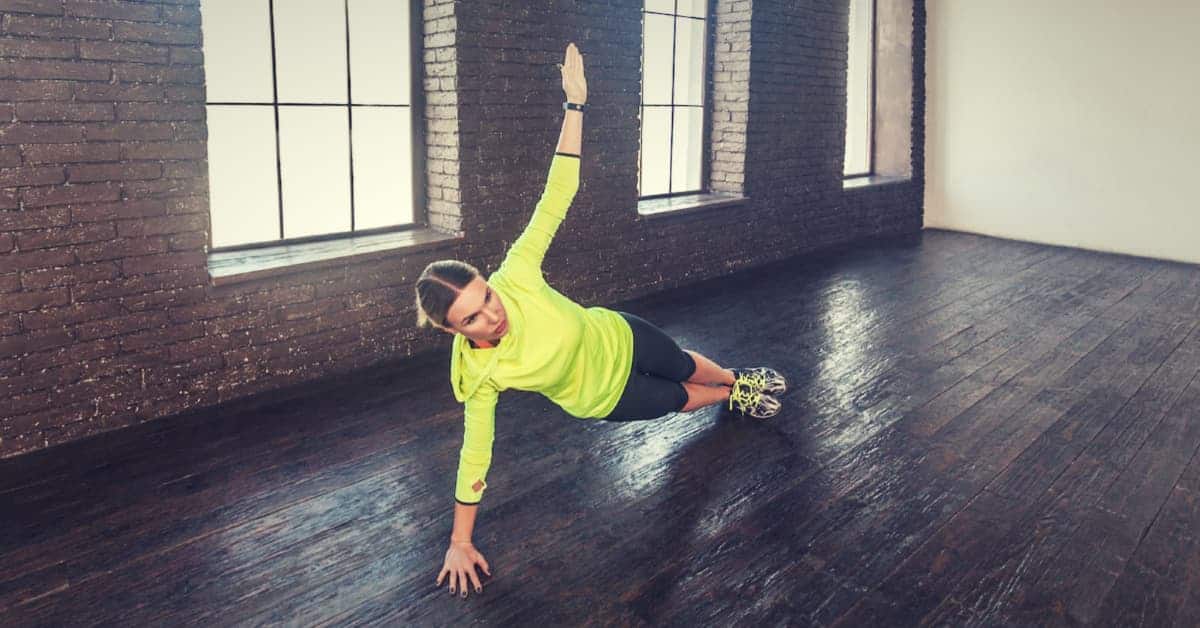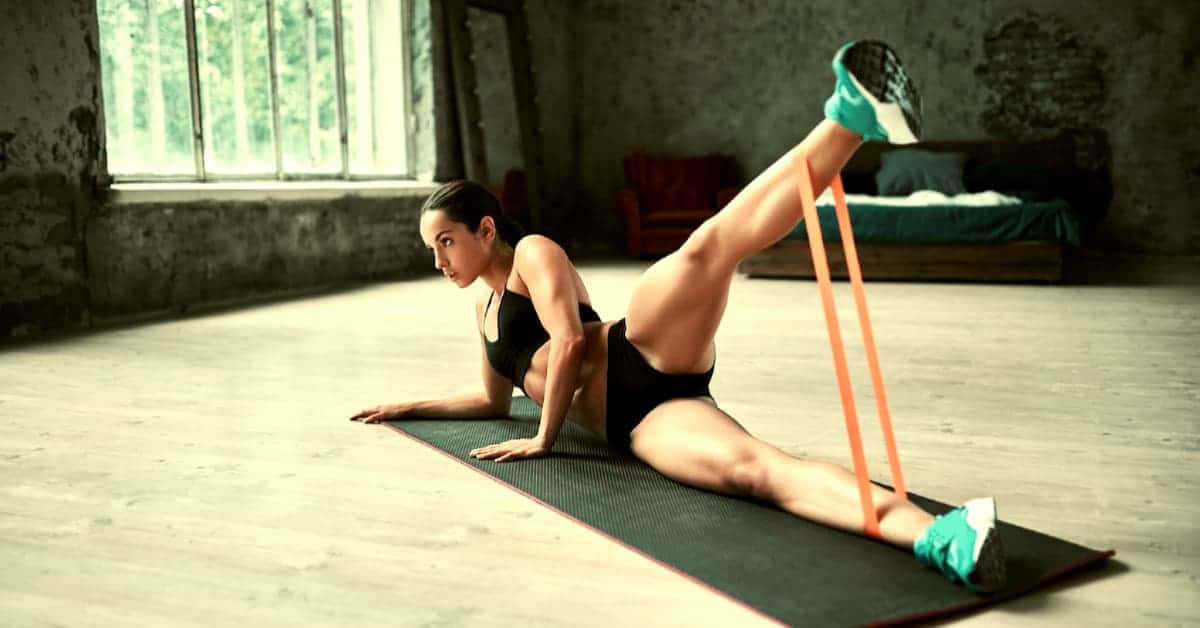In our digital age, many of us spend long hours in front of screens, leading to a hunchback posture, rounded shoulders, and a weakened back. If you find yourself part of this modern dilemma, a strong and healthy back might be the game-changer you need.
You may not realize it, but your back plays a key role in maintaining a good posture. Without regular movement and strengthening exercises, your back muscles can weaken over time, making it difficult to keep your shoulders pulled back and your spine straight. Luckily, with the right routine, you can counteract these effects, and dumbbell exercises could be a practical place to start.
I. The Importance of Back Strength and Posture
The back is a complex network of muscles, including the latissimus dorsi, trapezius, and rhomboids. These muscles stretch from your neck down to your waist and play an integral role in your day-to-day activities. Unfortunately, hours of sitting and hunching over a computer can cause these crucial muscles to weaken.
Strengthening your back is more than just relieving discomfort; it’s about improving your posture, mobility, and overall quality of life. Strong back muscles can counteract the tendency to round your shoulders and hunch over, helping you maintain a straight and healthy posture.
In the next section, we’ll explore some specific dumbbell exercises that you can incorporate into your routine to help build a stronger back, improve your posture, and reverse the effects of a sedentary lifestyle.
II. 10 Dumbbell Exercises to Strengthen Your Back
With a basic understanding of your back and the importance of maintaining its strength, let’s delve into some key dumbbell exercises. These movements can significantly enhance your back’s health and help reverse hunchback posture.
Bent over rows
An excellent exercise to begin with is the bent over row, which effectively targets your major back muscles. Here’s how to do it:
- Stand with feet hip-width apart, holding a dumbbell in each hand.
- Bend your knees slightly, then hinge at the waist, keeping your back straight.
- Let the dumbbells hang down, palms facing your body.
- Pull the dumbbells up towards your chest, keeping your elbows close to your body.
- Lower them back down after a short pause.
- Ensure your back stays straight and still throughout the exercise.
Dumbbell pullovers
- Lie flat on your back on a bench or exercise mat, holding one dumbbell with both hands.
- Extend your arms straight above your chest.
- Slowly lower the dumbbell back over your head until your arms are parallel with the floor.
- Return to the starting position, ensuring you keep your arms straight throughout.
Renegade rows
Renegade rows are a fantastic way to work your back while testing your balance and engaging your core.
- Start in a plank position, with a dumbbell in each hand under your shoulders.
- Keeping your body stable, lift one dumbbell, pulling your elbow up towards the ceiling.
- Lower the dumbbell to the ground and repeat with the other arm.
- Ensure your body remains still throughout the exercise, and avoid letting your hips sway.
Reverse fly
The reverse fly is an excellent exercise to strengthen your upper back and help correct rounded shoulders.
- Stand with your feet hip-width apart and a dumbbell in each hand.
- Hinge forward at your waist and let your arms hang down, palms facing each other.
- Raise your arms to your sides, keeping them slightly bent.
- Lower them back down slowly after a short pause.
- Make sure to keep your back straight throughout the exercise.
Dumbbell good morning
This exercise primarily targets your lower back and hamstrings, strengthening your posterior chain.
- Stand with your feet hip-width apart with a dumbbell.
- Rest the dumbbell on your upper traps holding onto each end of the dumbbell.
- Bend at the waist while keeping your back straight, chest up, and core engaged.
- Lower your torso until it’s almost parallel to the floor, then return to the starting position.
Prone dumbbell Y raise
- Start by lying face down on the floor or a bench, holding a dumbbell in each hand.
- Extend your arms in front of you, creating a ‘Y’ shape.
- Keep your palms facing each other.
- Raise your arms as high as you can while keeping them straight, then lower them back down after a short pause.
One arm dumbbell row
- Stand next to a bench, place one knee and the same-side hand on it for support.
- Hold a dumbbell in your other hand with your palm facing in.
- Pull the dumbbell upwards towards your chest, keeping your elbow close to your body.
- Lower it back down after a short pause.
- Ensure your back remains straight throughout.
Reverse grip dumbbell row
This variant of the classic bent over row targets your back from a slightly different angle.
- Stand with your feet hip-width apart, holding a dumbbell in each hand.
- Bend your knees slightly, hinge at the waist, and let the dumbbells hang down with palms facing up.
- Pull the dumbbells up towards your chest, keeping your elbows close to your body.
- Lower them back down after a short pause.
- Ensure your back stays straight throughout the exercise.
Alternating bent over row
- Stand with your feet hip-width apart, holding a dumbbell in each hand.
- Bend your knees slightly and hinge at the waist.
- Lift one dumbbell to your chest, then lower it back down.
- Repeat the movement with the other dumbbell.
- Make sure your back remains straight throughout the exercise.
Rear delt fly
While this is technically a shoulder exercise, this exercise targets the rear shoulders, which are also important for overall back strength and posture.
- Stand with your feet hip-width apart, a dumbbell in each hand.
- Bend forward at your waist and let your arms hang down, palms facing each other.
- Lift your arms out to the sides, keeping your elbows slightly bent.
- Lower them back down after a short pause.
- Keep your back straight throughout the exercise.
III. Tips and Safety Precautions
Before you start with these exercises, there are some important tips and safety precautions you should bear in mind. While exercising is good for your health, doing it incorrectly or without adequate preparation can lead to injury.
- Warm-up: Begin with a light warm-up. This can include a quick walk, jogging in place, or even some light cardio. It’s essential to get your blood flowing and muscles warm before starting your exercise routine.
- Start with lighter weights: If you’re new to dumbbell exercises or haven’t worked out in a while, start with lighter weights. As you build strength, gradually increase the weight.
- Form and technique: Focus on maintaining correct form and technique over lifting heavy weights. Incorrect form can lead to injuries and less effective workouts.
- Listen to your body: Stop immediately if you feel pain or discomfort during any exercise. It’s essential to listen to your body’s signals to avoid injury.
- Incorporate stretching: After your workout, take some time to stretch. This will help prevent muscle stiffness and aid recovery.
The Importance of Consistency
Lastly, it’s essential to note that, like with any form of exercise, consistency is key. Incorporating these exercises into your workout routine will help improve your back strength and posture. It won’t happen overnight, but you’ll likely begin to see improvements with consistent effort.
Remember, your back is vital in almost every movement you make throughout the day. Dedicating a little time each day to strengthen these muscles can improve your posture, reduce discomfort, and even enhance your overall fitness.














